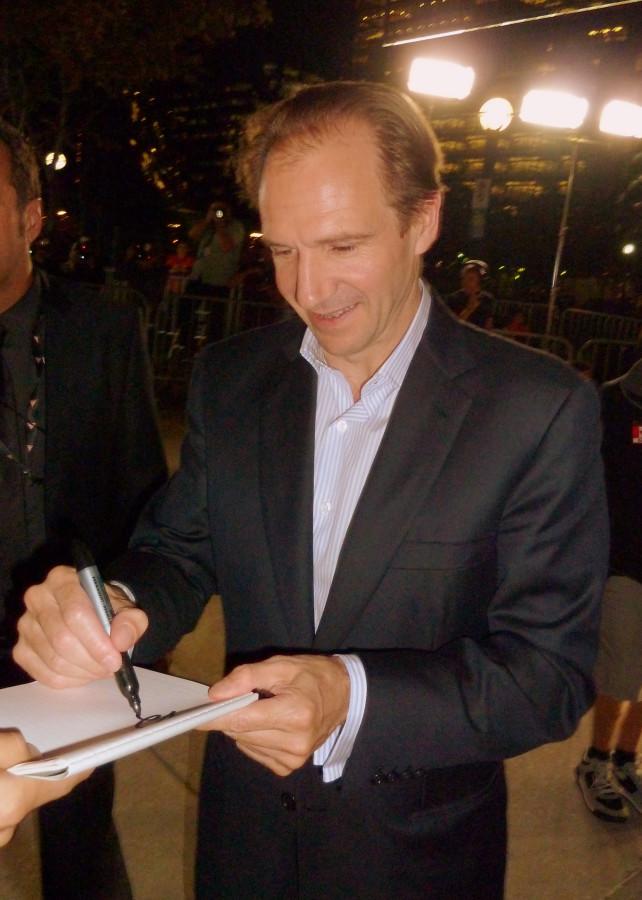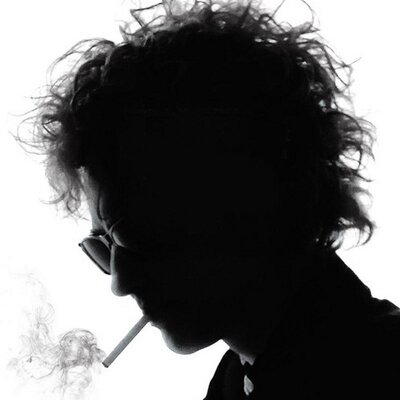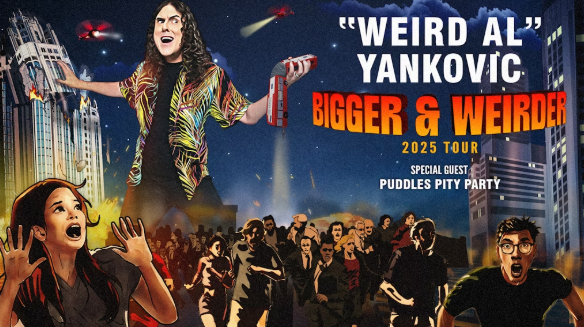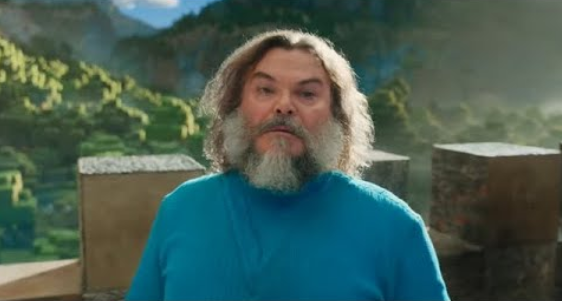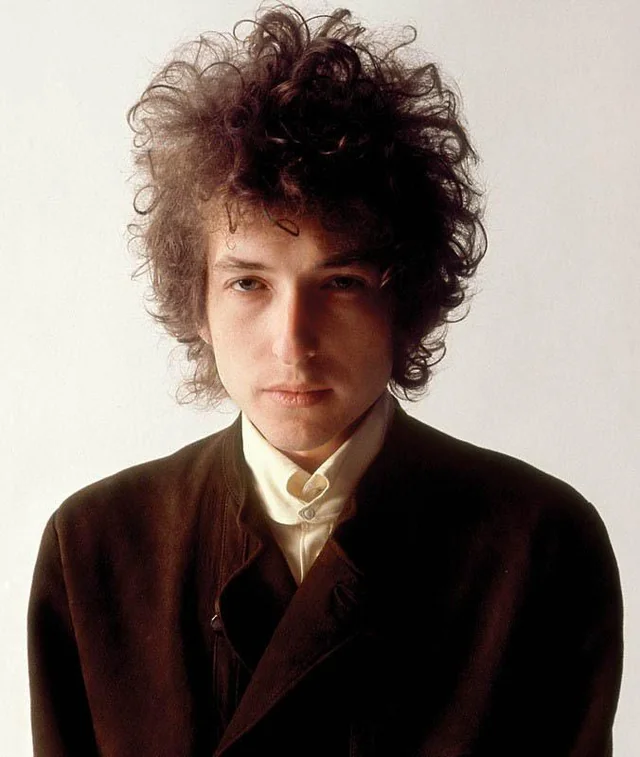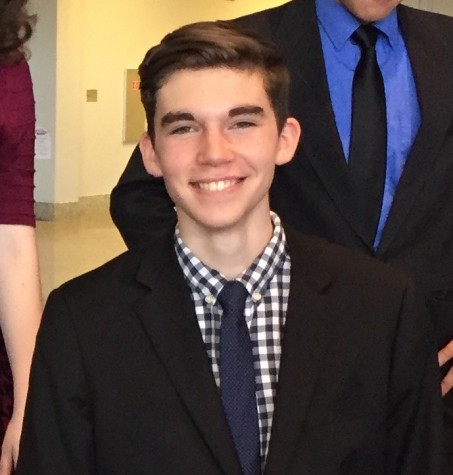Director Wes Anderson’s latest cinematic adventure, The Grand Budapest Hotel, is a romping thrill ride set in the fictional Republic of Zubrowska.
Through his use of world-class actors, vibrant color, and immaculate sets and costumes, Anderson has created a whimsical look at the period between the two world wars.
The Grand Budapest is a story within a story within a story, starting with a young girl paying tribute to a dead author; then this author (Tom Wilkinson) tells the story of his younger self’s (Jude Law) trip to the dilapidated yet elegant Grand Budapest Hotel. Finally, he listens to the story of how the owner of the hotel, Mr. Moustafa (F. Murray Abraham) acquired the building.
Mr. Moustafa’s story follows the almost mythic concierge Gustave H. (Ralph Fiennes), who ‘entertains’ old women at the hotel. One (Tilda Swinton) is murdered, and he is left a priceless, beautiful painting, Boy with Apple, and is framed for her murder.
Gustave takes the help of the new lobby boy, Zero (Tony Revolori), to help him escape the wrath of the dead woman’s son (Adrian Brody).
Visually, The Grand Budapest is stunning. Anderson’s trademark oversaturated palette gives the movie a powerful, surreal beauty. Vibrant pink and vivid orange rule the screen for much of the film, giving the movie a distinct personality.
The Grand Budapest finds more power in its huge cast. Owen Wilson, Jason Schwartzman, and Bill Murray, among others, all have cameos. Anderson’s connections mean that he can create a film populated by cameos from A-List actors, adding to his dreamy, witty style.
Another element of Anderson’s classic style is his choice of music. Although The Grand Budapest has a more soundtrack-like quality than his previous works, mainly from the absence of Anderson touchstones like The Kinks or The Velvet Underground, the music is still a crucial and playful part of the movie, like a brass band playing behind each scene. Even yodeling, which would be campy anywhere else but here, is on a few of the tracks.
Anderson’s mastery of film comes from his finesse with details and styling. His sets are brimming with meaningful props and make sense for the world he has created. His characters have their own beautiful quirks to them, like Agatha’s birthmark in the shape of Mexico and Zero’s drawn-on moustache.
The worlds that Anderson creates are some of the best ever seen on film. Through favorites like The Royal Tenenbaums and Moonrise Kingdom, Anderson has refined a cohesive and ever-deepening ability to build beautiful stories. He is truly a modern master of film.
The Grand Budapest is smart without being pretentious and charming without becoming campy. The combination of breathtaking visuals, music, and acting becomes a fun, intoxicating thrill ride of energy onscreen.
Wes Anderson has climbed to new heights with The Grand Budapest Hotel. Each scene is a delight, beautifully shot and edited. Anderson’s latest is also his best.



